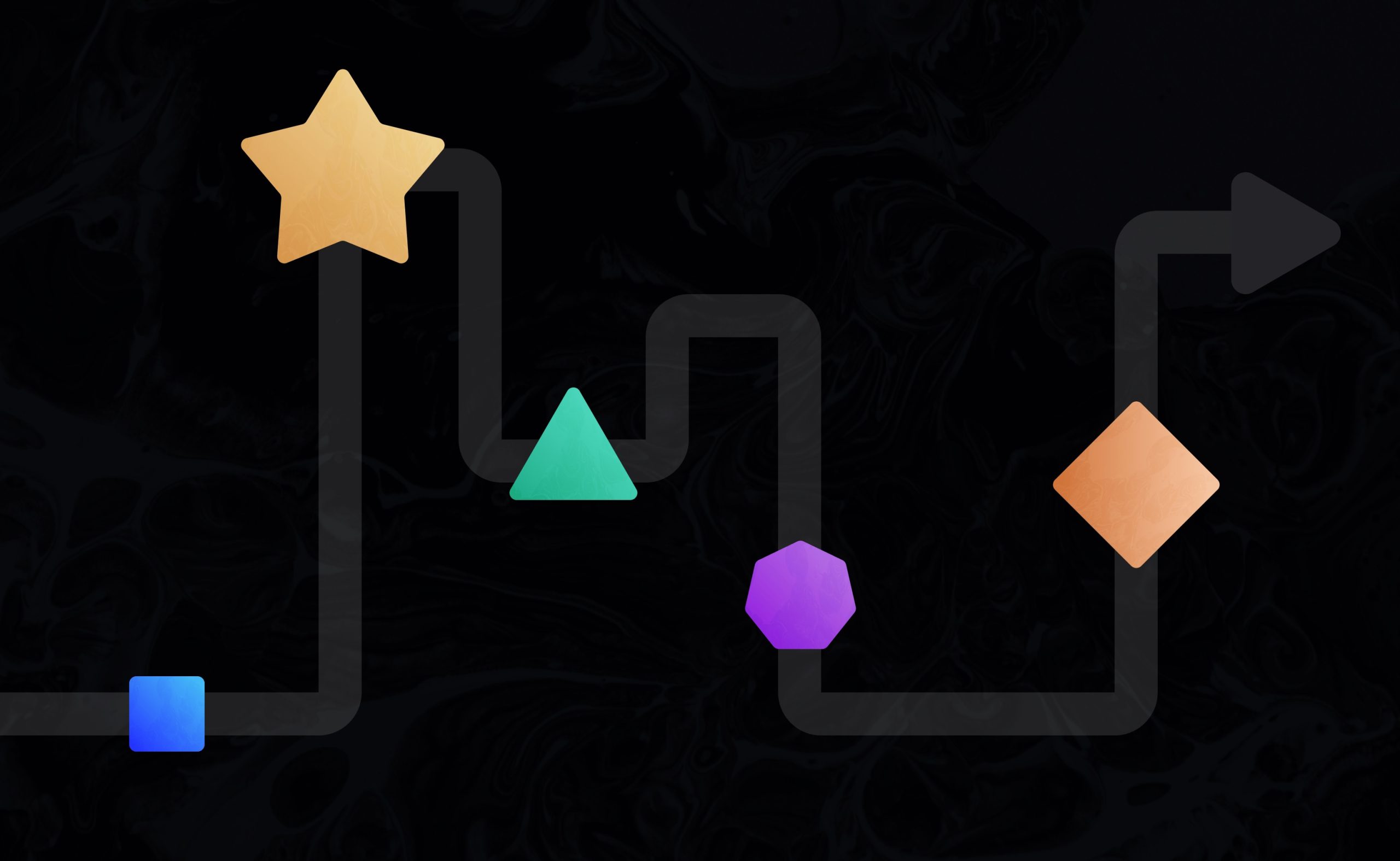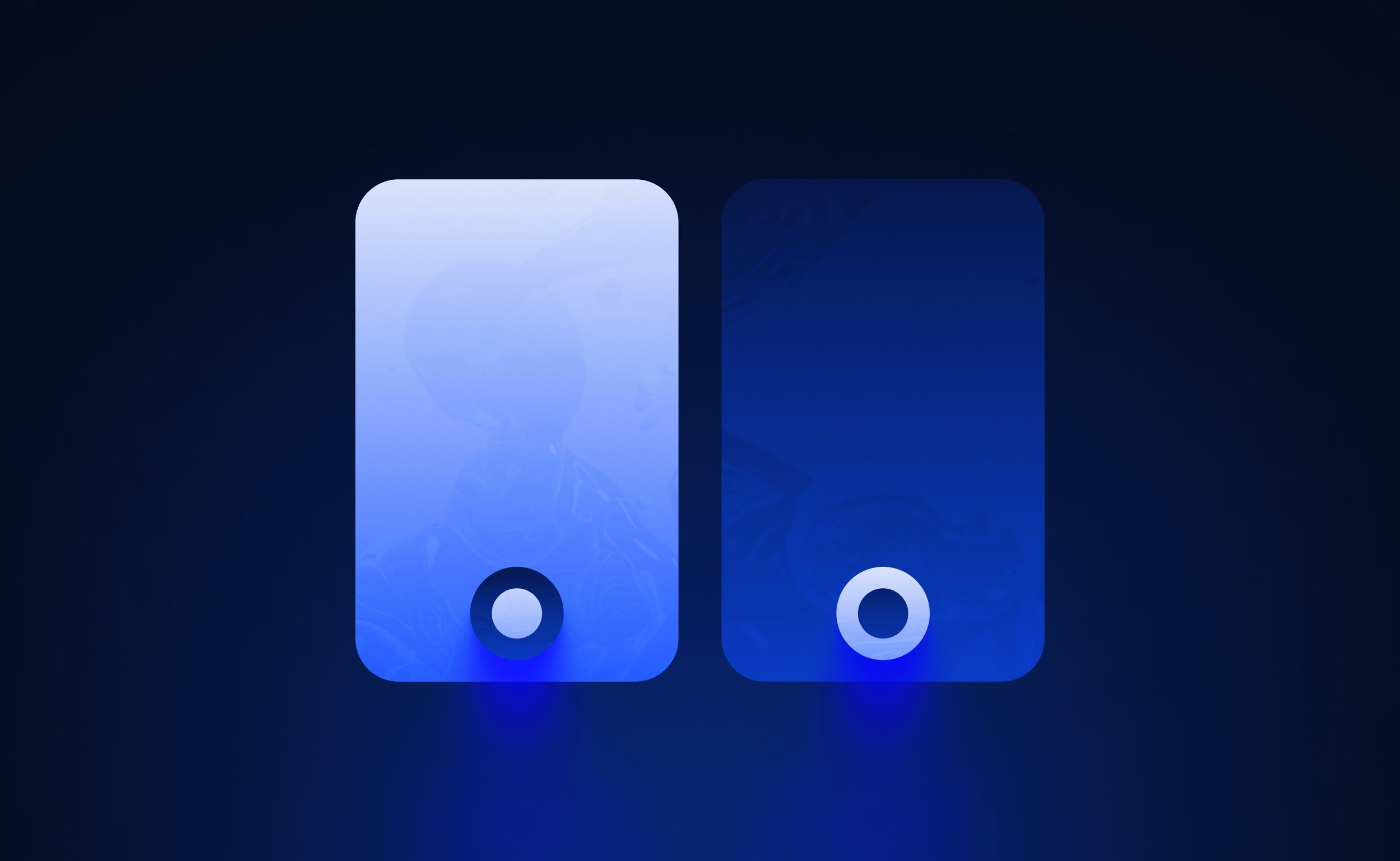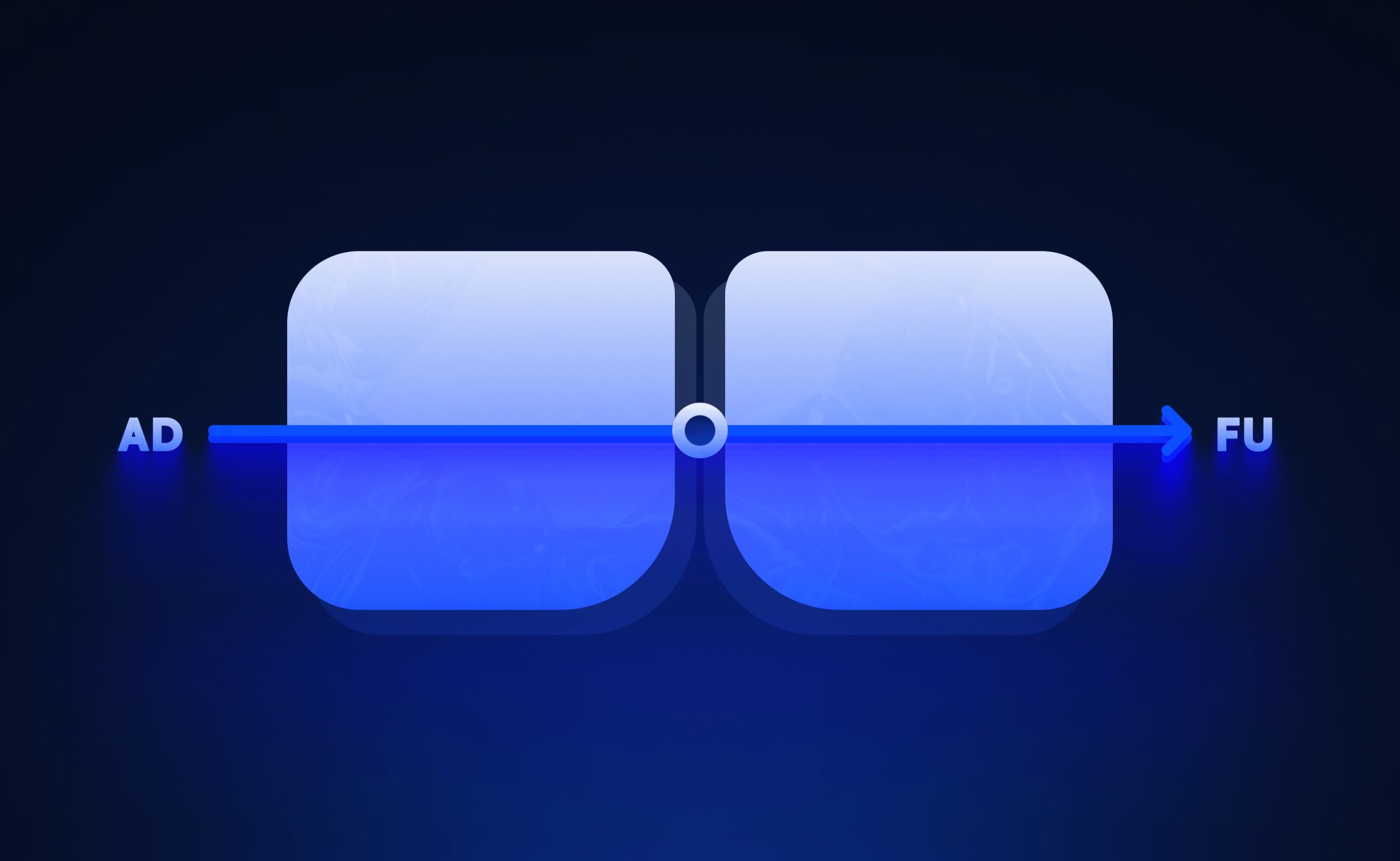The difference between a good and a great product often comes down to how well we understand our users’ journey. Recent studies show that companies with strong UX design see up to 400% higher conversion rates.
Understanding User Behavior
Most users form their first impression of a product in under 5 minutes. Dropbox noticed this when they simplified their sign-up flow, cutting unnecessary fields and seeing a 60% increase in completion rates. Your user’s path through your product tells a story – and that story needs to make sense.
Research and Testing
Airbnb’s success story started with watching real users book accommodations. They recorded users, noted their struggles, and rebuilt their search experience. The result? Booking completion went up by 30%.
Start with user interviews – 5 to 8 participants often reveal the main issues. Follow up with prototype testing. Pinterest found that testing with small groups before full rollout cut their redesign mistakes by half.
Making Data-Driven Decisions
Numbers guide good design. Spotify tracks which features users touch first when opening the app. This data showed them that users wanted faster playlist access, leading to their homepage redesign.
Key Elements of Strong User Journeys
Entry points need to be clear. Uber’s map-first approach works because users immediately understand what to do. Think about how users enter your product – through ads, links, or direct visits. Each path needs careful planning.
Break down complex tasks. When Duolingo designed their language lessons, they split learning into small chunks. Users now finish more lessons, and daily active users have grown steadily.
Common Mistakes to Avoid
Adding features without purpose. Instagram has kept its core photo-sharing simple for years, only adding stories when user behavior shows a clear need.
Ignoring mobile users. Over 70% of digital time now happens on mobile devices. Bank of America saw this trend and rebuilt its entire banking app with a mobile-first approach.
The Human Touch
Good UX design thinks about emotions. When Headspace redesigned its meditation app, it focused on reducing anxiety in the interface itself. Small animations and friendly messages made users feel more at ease.
The Future of UX
User expectations keep evolving. Voice interfaces, AR, and new devices change how people interact with products. Stay current with these trends, but remember – basic user needs rarely change. People want products that solve their problems simply and quickly.
Keep testing, keep watching users, and keep improving. The best user journeys aren’t built in one day – they evolve with your users.











